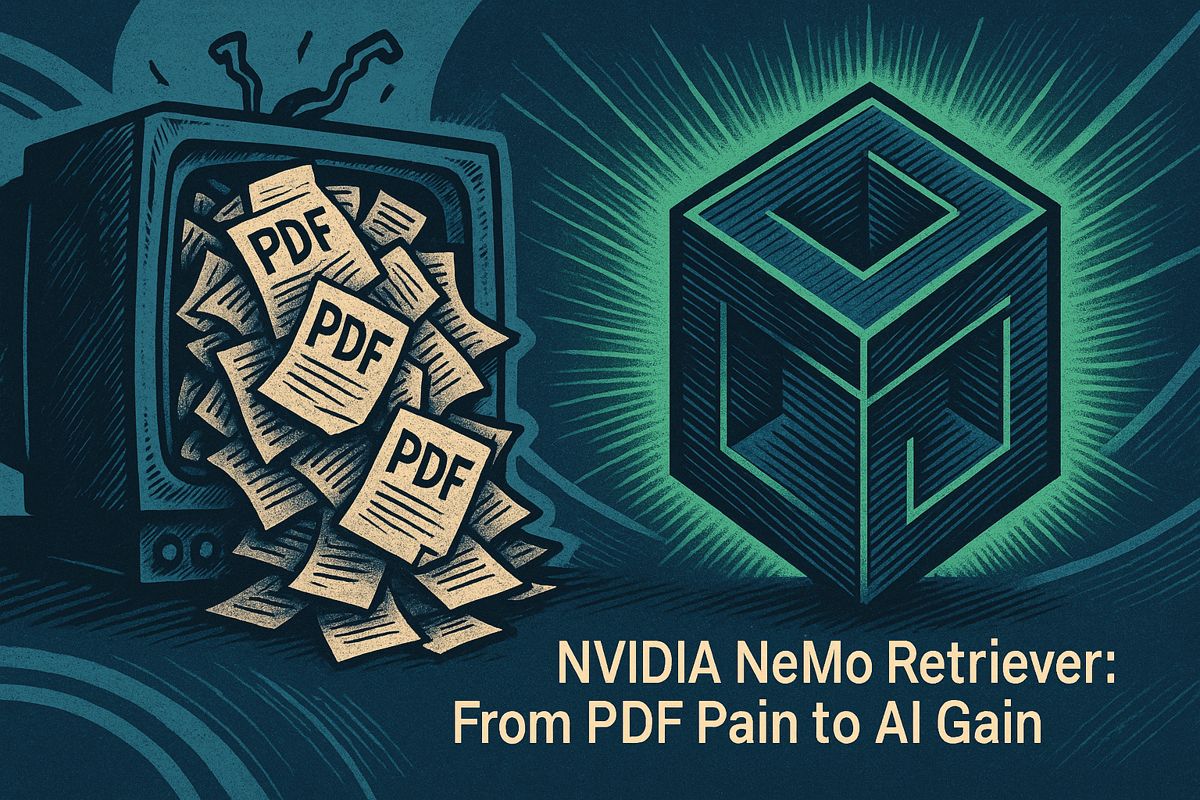LLM judges are now used at an industrial scale to evaluate everything from chatbots to legal briefs, but new research reveals a critical flaw: they miss 24% of difficult cases. This accuracy gap poses a significant challenge for researchers who depend on automated grading for rapid model development.
While these AI systems align with human evaluators 80-90% of the time on average, their reliability plummets with nuanced or adversarial prompts. In these scenarios, where human experts excel, LLM judges often stumble, raising questions about their deployment in high-stakes environments.
An LLM judge is a large language model tasked with explaining and scoring the output of another AI model. Development teams prefer this method for its significant cost savings over human crowdsourcing and its ability to provide instantaneous feedback during the iterative design process.
Recent benchmarks from the Chatbot Arena leaderboard confirm this issue, showing that GPT-4-based judges failed on one in four hard cases despite maintaining high average agreement with human ratings arize.com. A comprehensive survey traces these errors to specific weaknesses like verbosity bias, training data overlap, and high sensitivity to prompt phrasing emergentmind.com.
Studies Reveal LLM Judges Miss 25% of Difficult Cases – Why it happens
LLM judges fail on complex tasks due to inherent biases, such as favoring longer, more verbose answers or outputs that mirror their own style. Their judgments are also fragile, as small changes in prompts can lead to significantly different results, and they can overlook logical errors in well-written prose.
These biases often emerge when the judging and responding models share similar architecture or training data. An LLM judge might reward familiar phrasing, give higher scores to longer answers regardless of quality (verbosity bias), or fail to detect logical fallacies concealed within fluent text. The entire process is sensitive, as minor tweaks to a prompt can alter a verdict due to the model’s fragile probability distributions.
To counteract these flaws, researchers are implementing advanced techniques. Structured prompting, which requires the LLM to provide step-by-step reasoning before a final score, improves transparency. Additionally, extracting scores from the full distribution of “judgment tokens” instead of a single output helps reduce variance and flag low-confidence evaluations.
- Crowd-based pairwise comparisons
- Distributional inference from judgment tokens
- Two-stage qualitative-to-quantitative scoring
- Epistemic ensembles for domain tasks
According to a 2025 Arize survey, these mitigation methods can improve the correlation with expert human graders by up to six points on the Spearman scale, a significant gain in reliability.
Building Trust Through Layered Validation
To build trust and ensure accountability, most high-stakes AI pipelines now incorporate human-in-the-loop (HITL) checkpoints. Regulatory frameworks, such as the EU AI Act, mandate detailed explanation logs for auditing automated verdicts. Integrating human review for low-confidence cases not only boosts user trust but also measurably reduces documented bias, as demonstrated in the CALM framework.
In specialized domains like formal mathematics, reliability is enhanced through criteria decomposition. This method uses separate LLM judges to evaluate distinct elements like logical consistency and style, with a final aggregator compiling the scores. Early trials show this can cut error rates on complex tasks like theorem proofs by half without increasing review time.
Finally, meta-evaluation dashboards provide a continuous feedback loop. These systems monitor disagreements between AI judges and human experts, detect performance drift, and automatically trigger retraining. This creates a dynamic validation system that balances the speed of automation with the need for accountability.
How often do LLM judges fail on difficult cases?
According to 2025 benchmarks, even top-tier LLM judges miss 25% of difficult cases. This failure rate increases significantly for adversarial questions or those requiring specialized knowledge, where accuracy can fall below 60%. In contrast, their accuracy on simple cases remains above 90%.
What makes an evaluation case “hard” for an LLM judge?
A case is considered “hard” for an LLM judge when it involves a combination of the following factors:
– Subtle factual ambiguity (two answers look similar but differ in one critical detail)
– Domain-specific criteria (legal, medical, or mathematical standards)
– Adversarial phrasing that exploits known LLM biases such as verbosity bias (longer answers preferred) and self-enhancement bias (answers that mirror the judge’s own style score higher)
Why do teams still use LLM judges if they miss a quarter of difficult items?
The primary drivers are speed and cost-efficiency. A human evaluation can take 5-10 minutes and cost $15-30 per item, whereas an LLM judge delivers a verdict in under a second for a fraction of a cent. For rapid development cycles, this trade-off is acceptable, with teams relying on “good-enough” aggregate alignment and using human experts for auditing and reviewing edge cases.
Which validation practices reduce the 25% miss rate?
- Human-in-the-loop spot checks on low-confidence judgments (uncertainty flagging lowers the miss rate to ~12%)
- Ensemble judging (three diverse LLMs vote; disagreements kick to humans) – shown to recover another 5-8%
- Criteria decomposition (scoring logic, relevance, safety separately) before aggregation
Furthermore, continuous calibration loops, which feed corrected labels back into the judge for fine-tuning, are becoming a standard practice, especially in regulated industries.
Are there sectors where the 25% failure rate is considered too risky?
Absolutely. In high-stakes fields like clinical note grading, legal citation verification, and credit risk auditing, the 25% failure rate is unacceptable. Current regulations in these areas mandate 100% human review of LLM judgments. However, a hybrid model where LLMs act as pre-screeners is proving effective, reducing human workload by 60-70% while maintaining compliance-grade accuracy.



















